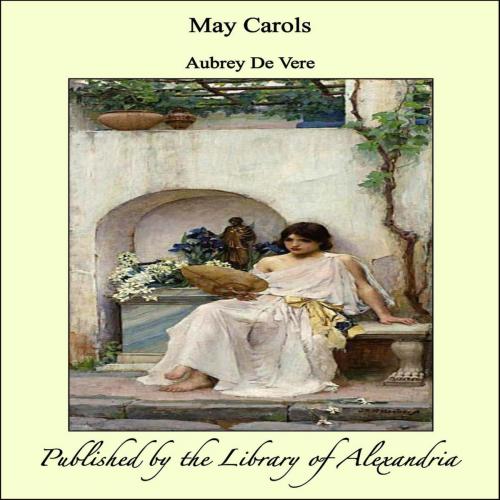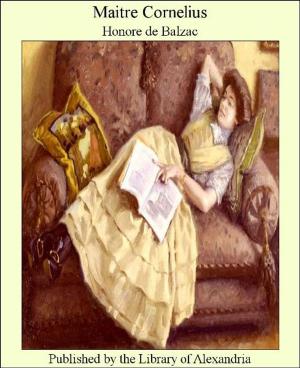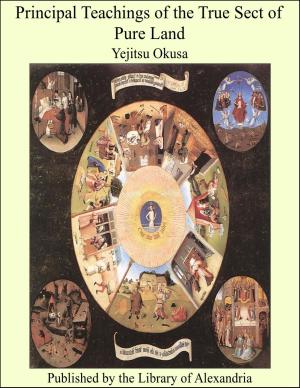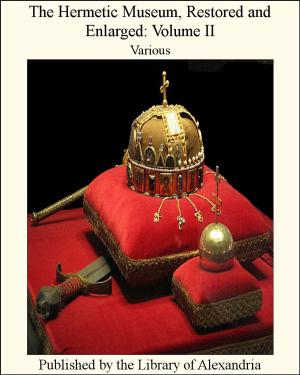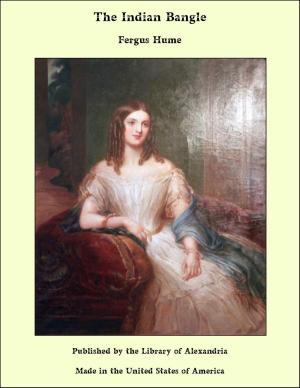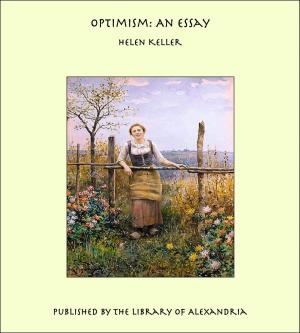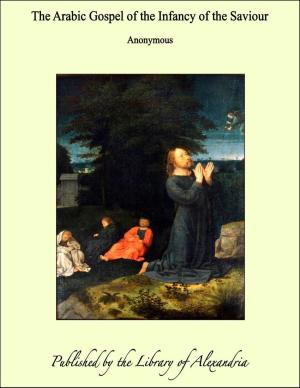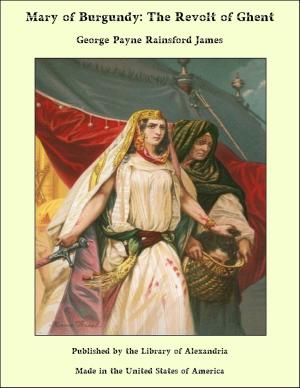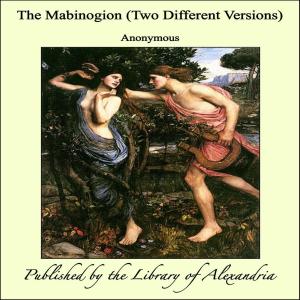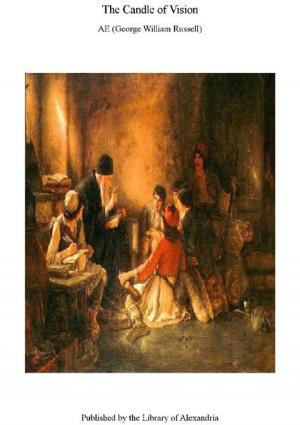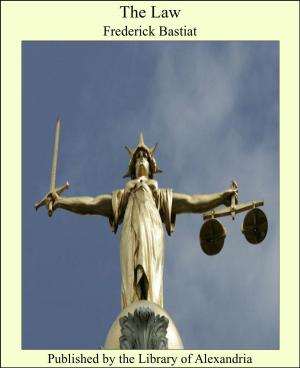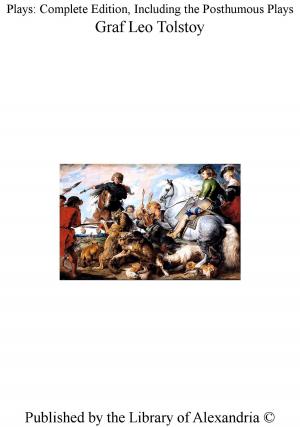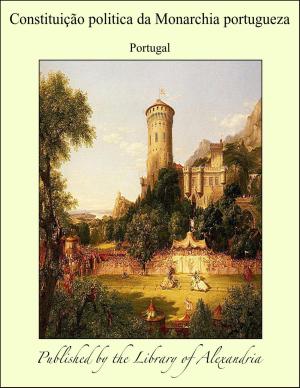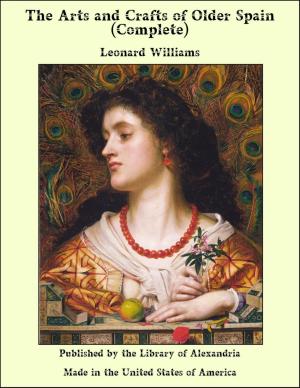| Author: | Aubrey De Vere | ISBN: | 9781465560698 |
| Publisher: | Library of Alexandria | Publication: | July 29, 2009 |
| Imprint: | Library of Alexandria | Language: | English |
| Author: | Aubrey De Vere |
| ISBN: | 9781465560698 |
| Publisher: | Library of Alexandria |
| Publication: | July 29, 2009 |
| Imprint: | Library of Alexandria |
| Language: | English |
The wisdom of the Church, which consecrates the fleeting seasons of Time to the interests of Eternity, has dedicated the month of May (the birthday festival, as it were, of Creation) to her who was ever destined in the Divine Counsels to become the Mother of her Creator. It belongs to her, of course, as she is the representative of the Incarnation, and its practical exponent to a world but too apt to forget what it professes to hold. The following Poems, written in her honour, are an attempt to set forth, though but in mere outline, each of them some one of the great Ideas or essential Principles embodied in that all-embracing Mystery. On a topic so comprehensive, converse statements, at one time illustrating the highest excellence compatible with mere creaturely existence, at another, the infinite distance between the chief of creatures and the Creator, may seem, at first sight, and to some eyes, contradictory, although in reality, mutually correlative. On an attentive perusal, however, that harmony which exists among the many portions of a single mastering Truth, can hardly fail to appear—and with it the scope and aim of this Poem. {vi} With the meditative, descriptive pieces have been interspersed. They are an attempt towards a Christian rendering of external nature. Nature, like Art, needs to be spiritualised, unless it is to remain a fortress in the hands of an adverse Power. The visible world is a passive thing, which ever takes its meaning from something above itself. In Pagan times, it drew its interpretation from Pantheism; and to Pantheism—nay, to that Idolatry which is the popular application of Pantheism—it has still a secret, though restrained tendency, not betrayed by literature alone. A World without Divinity, Matter without Soul, is intolerable to the human mind. Yet, on the other hand, there is much in fallen human nature which shrinks from the sublime thought of a Creator, and rests on that of a sheathed Divinity diffused throughout the universe, its life, not its maker. Mere personified elements, the Wood-God and River-Nymph, captivate the fancy and do not over-awe the soul. For a bias so seductive, no cure is to be found save in authentic Christianity, the only practical Theism. The whole truth, on the long run, holds its own better than the half truth; and minds repelled by the thought of a God who stands afar off, and created the universe but to abandon it to general laws, fling themselves at the feet of a God made Man. In other words, {vii} the Incarnation is the Complement of Creation. In it is revealed the true nature of that link which binds together the visible and invisible worlds. When the "Word was made Flesh," a bridge was thrown across that gulf which had else for ever separated the Finite from the Infinite. The same high Truth which brings home to us the doctrine of a Creation, consecrates that Creation, reconstituting it into an Eden meet for an unfallen Adam and an unfallen Eve; nay, exalting it into a heavenly Jerusalem, the dwelling-place of the Lamb and of the Bride. It does this, in part, through symbols and associations founded on the all-cleansing Blood and the all-sanctifying Spirit—symbols and associations the reverse of those in which an Epicurean mythology took delight, and which the very superficial alone can confound with such. This is perhaps the aspect of Religion least above the level of Poetry. As to its form, the present work belongs to the class of serial poems, a species of composition happily revived in recent times, as by Wordsworth, in his "Ecclesiastical Sketches," and "Sonnets dedicated to Liberty," by Landor, and, with preeminent success, by the author of "In Memoriam." It was in common use among our earlier poets, who derived it from Petrarch and the Italians. Most often the interest of such poems was of a personal sort, as in the serial sonnets of Shakespeare, Spenser, Sidney, Drummond, Daniel, and Drayton; as well as the "Aurora" of Lord {viii} Stirling, and the "Astrea" of Sir John Davies. Occasionally, it was of a more abstract character. In both cases, alike, advantage was derived from a method of writing which unites an indefinite degree of continuity with a somewhat lawless variety, and which gains in brevity by the omission of connecting bonds. In Herbert's "Temple," Vaughan's "Silex Scintillans," and the chief poems of Donne and Crashaw, the unity is but that of kindred thoughts, and a common subject, not of a complete design. Habington's "Castara," a noble work too little known, combines a personal with an abstract interest. In it many poems on religious and philosophical subjects are grouped for support round a single centre; that centre being the sustained homage paid by the poet to one not unworthy, apparently, of his reverence and love
The wisdom of the Church, which consecrates the fleeting seasons of Time to the interests of Eternity, has dedicated the month of May (the birthday festival, as it were, of Creation) to her who was ever destined in the Divine Counsels to become the Mother of her Creator. It belongs to her, of course, as she is the representative of the Incarnation, and its practical exponent to a world but too apt to forget what it professes to hold. The following Poems, written in her honour, are an attempt to set forth, though but in mere outline, each of them some one of the great Ideas or essential Principles embodied in that all-embracing Mystery. On a topic so comprehensive, converse statements, at one time illustrating the highest excellence compatible with mere creaturely existence, at another, the infinite distance between the chief of creatures and the Creator, may seem, at first sight, and to some eyes, contradictory, although in reality, mutually correlative. On an attentive perusal, however, that harmony which exists among the many portions of a single mastering Truth, can hardly fail to appear—and with it the scope and aim of this Poem. {vi} With the meditative, descriptive pieces have been interspersed. They are an attempt towards a Christian rendering of external nature. Nature, like Art, needs to be spiritualised, unless it is to remain a fortress in the hands of an adverse Power. The visible world is a passive thing, which ever takes its meaning from something above itself. In Pagan times, it drew its interpretation from Pantheism; and to Pantheism—nay, to that Idolatry which is the popular application of Pantheism—it has still a secret, though restrained tendency, not betrayed by literature alone. A World without Divinity, Matter without Soul, is intolerable to the human mind. Yet, on the other hand, there is much in fallen human nature which shrinks from the sublime thought of a Creator, and rests on that of a sheathed Divinity diffused throughout the universe, its life, not its maker. Mere personified elements, the Wood-God and River-Nymph, captivate the fancy and do not over-awe the soul. For a bias so seductive, no cure is to be found save in authentic Christianity, the only practical Theism. The whole truth, on the long run, holds its own better than the half truth; and minds repelled by the thought of a God who stands afar off, and created the universe but to abandon it to general laws, fling themselves at the feet of a God made Man. In other words, {vii} the Incarnation is the Complement of Creation. In it is revealed the true nature of that link which binds together the visible and invisible worlds. When the "Word was made Flesh," a bridge was thrown across that gulf which had else for ever separated the Finite from the Infinite. The same high Truth which brings home to us the doctrine of a Creation, consecrates that Creation, reconstituting it into an Eden meet for an unfallen Adam and an unfallen Eve; nay, exalting it into a heavenly Jerusalem, the dwelling-place of the Lamb and of the Bride. It does this, in part, through symbols and associations founded on the all-cleansing Blood and the all-sanctifying Spirit—symbols and associations the reverse of those in which an Epicurean mythology took delight, and which the very superficial alone can confound with such. This is perhaps the aspect of Religion least above the level of Poetry. As to its form, the present work belongs to the class of serial poems, a species of composition happily revived in recent times, as by Wordsworth, in his "Ecclesiastical Sketches," and "Sonnets dedicated to Liberty," by Landor, and, with preeminent success, by the author of "In Memoriam." It was in common use among our earlier poets, who derived it from Petrarch and the Italians. Most often the interest of such poems was of a personal sort, as in the serial sonnets of Shakespeare, Spenser, Sidney, Drummond, Daniel, and Drayton; as well as the "Aurora" of Lord {viii} Stirling, and the "Astrea" of Sir John Davies. Occasionally, it was of a more abstract character. In both cases, alike, advantage was derived from a method of writing which unites an indefinite degree of continuity with a somewhat lawless variety, and which gains in brevity by the omission of connecting bonds. In Herbert's "Temple," Vaughan's "Silex Scintillans," and the chief poems of Donne and Crashaw, the unity is but that of kindred thoughts, and a common subject, not of a complete design. Habington's "Castara," a noble work too little known, combines a personal with an abstract interest. In it many poems on religious and philosophical subjects are grouped for support round a single centre; that centre being the sustained homage paid by the poet to one not unworthy, apparently, of his reverence and love
